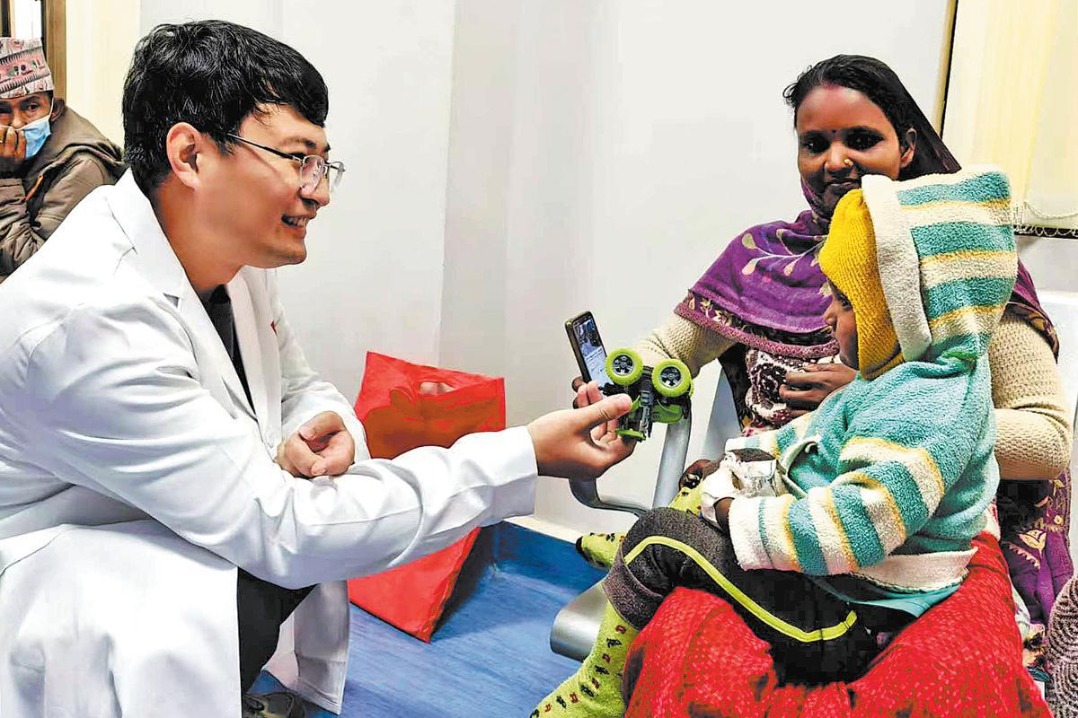New evidence of Japanese wartime atrocities released at Harbin museum

 |
| The Museum of Evidence of War Crimes by Japanese Army Unit 731 in Harbin, capital of Heilongjiang province. [Photo provided to chinadaily.com.cn] |
New evidence related to Japanese atrocities committed during The War of Resistance Against Japanese Aggression was released by a museum in Harbin, capital of North China's Heilongjiang province.
Evidence of human experiments and germ warfare crimes by Japan's notorious Unit 731, which includes written confessions, a transportation record of human experiments, some old photos and an incubator for producing plague bacillus, was released by the Museum of Evidence of War Crimes by Japanese Army Unit 731.
"The incubator was used for biological production," said Jin Chengmin, curator of the museum. "We got it from a local resident in the city and it is powerful proof of Unit 731's atrocities."
A documentary released earlier by Japan's public broadcaster NHK vividly presented the cruel truth through the testimonies of Unit 731 participants and records of the Khabarovsk War Crimes Trials in 1949.
"It is good news that it had raised more people's attention to this part of history," said Jin. "In the past decades, we've been committed to collecting and organizing the files about Unit 731."
The 10,000-square-meter building is divided into six exhibition rooms, displaying about 20,000 relics and 300,000 pages of reference material.
"NHK came and asked us for help twice during the process of making the documentary," Jin said.




































